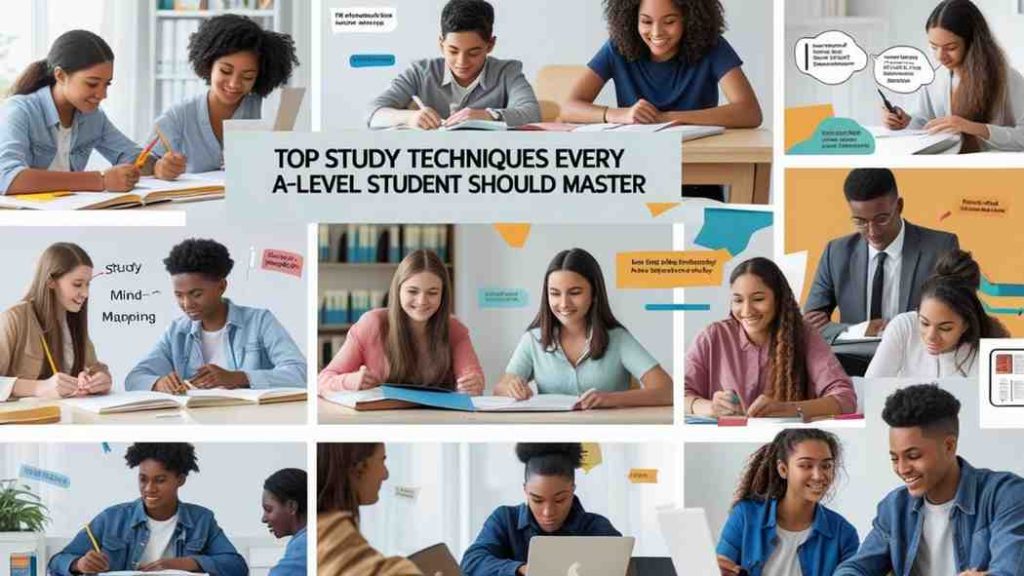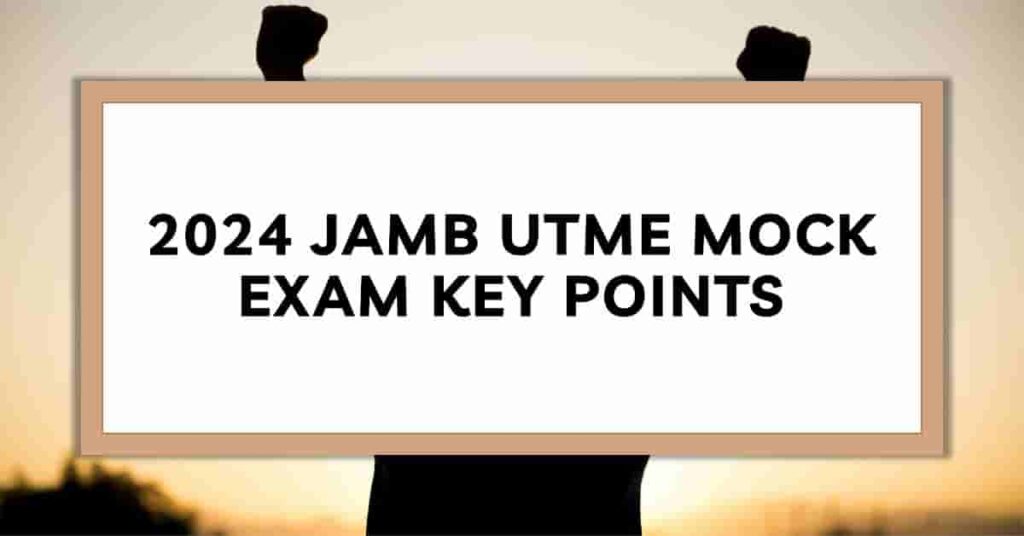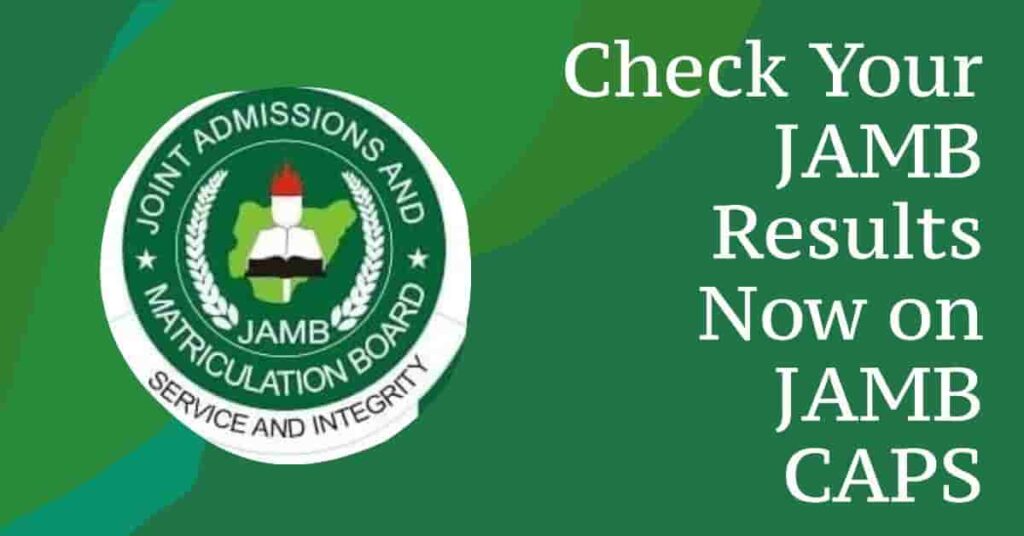
Top Study Techniques Every A-Level Student Should Master
A-Level studies mark a crucial phase in a student’s academic journey, laying the foundation for university education and future careers. To navigate this phase successfully, mastering effective study techniques is non-negotiable. In this post, we’ll explore top study techniques every A-Level student should adopt. As you read on, you’ll discover strategies such as active recall, spaced repetition, past question practice, note-taking methods, time management, and group study. Each technique is backed by research and practical application—especially in a structured learning environment like Valdymas College of Advanced Studies.
1. Active Recall
Active recall is a study method that involves testing yourself on the material rather than passively rereading notes. Research has shown that recalling information enhances memory retention far better than simple review.
📌 Application at Valdymas College: Students are regularly assessed through weekly tests, which reinforce memory by requiring them to retrieve knowledge consistently.
✅ Tip: Use flashcards (physical or apps like Anki or Quizlet) to practice active recall daily.
2. Spaced Repetition
Spaced repetition involves reviewing material at increasing intervals over time. This technique combats the “forgetting curve” and helps information move from short-term to long-term memory.
📌 Implementation: At Valdymas College, revision timetables are structured to ensure that key concepts are revisited weekly and monthly, not just crammed before exams.
✅ Tip: Use apps like Anki that are specifically built for spaced repetition to track your learning schedule.
3. Practice with Past Questions
Practicing with past exam papers helps students become familiar with exam formats, identify common question types, and apply knowledge under timed conditions.
📌 Valdymas Approach: Students are routinely given past JUPEB, IJMB, and A-Level exam questions to build their confidence and exam readiness.
✅ Tip: Simulate exam conditions at home by timing yourself while answering past questions.
4. The Cornell Note-Taking Method
Effective note-taking is crucial, and the Cornell method encourages students to divide their page into sections for cues, notes, and summaries—helping them review more efficiently.
📌 Support at Valdymas: Learners are trained in structured note-taking, ensuring clarity and ease of revision during study hours.
✅ Tip: After every lecture or class, summarize the key points in your own words using the Cornell method.
5. Pomodoro Technique for Time Management
This method involves studying for 25 minutes followed by a 5-minute break, repeated four times before a longer break. It keeps students focused and prevents burnout.
📌 At Valdymas College: Students are taught how to manage their independent study time using these time-blocking techniques, especially during prep sessions.
✅ Tip: Use timers or apps like Focus Booster or Pomofocus to implement this technique.
6. Group Study and Peer Teaching
Studying with peers can help reinforce understanding. Teaching a concept to a peer is one of the best ways to internalize knowledge.
📌 Group Learning Culture: At Valdymas College, group discussions are encouraged, and peer-led tutorials are part of weekly enrichment programs.
✅ Tip: Organize weekly study groups with clear objectives to maximize productivity.
7. Mind Mapping for Visual Learners
Mind maps help students visualize relationships between concepts, making it easier to understand complex topics.
📌 Application: Visual learning tools are integrated into classroom instruction at Valdymas, especially in subjects like Biology and Government.
✅ Tip: Use tools like XMind or hand-drawn diagrams to create concept maps after each topic.
Conclusion
Mastering effective study techniques is key to academic excellence in A-Level programs. At Valdymas College of Advanced Studies, students are immersed in a learning environment that actively encourages the use of these methods. From structured assessments and group studies to personalized time management and note-taking systems, Valdymas equips learners with the tools needed for success not just in exams, but in lifelong learning.
References
- Dunlosky, J., Rawson, K.A., Marsh, E.J., Nathan, M.J., & Willingham, D.T. (2013). Improving Students’ Learning With Effective Learning Techniques. Psychological Science in the Public Interest, 14(1), 4–58. https://doi.org/10.1177/1529100612453266
- Brown, P. C., Roediger III, H. L., & McDaniel, M. A. (2014). Make It Stick: The Science of Successful Learning. Harvard University Press.
- Abdulraheem, O. A. (2015). Study Habits and Academic Performance of Secondary School Students in Ilorin, Nigeria. International Journal of Education and Practice, 3(1), 76–82.
- Kolawole, J. (2023). Transforming the Impossible. Great Future Publishing.
- Valdymas College of Advanced Studies. (2024). Academic Handbook and Weekly Assessment Framework.



